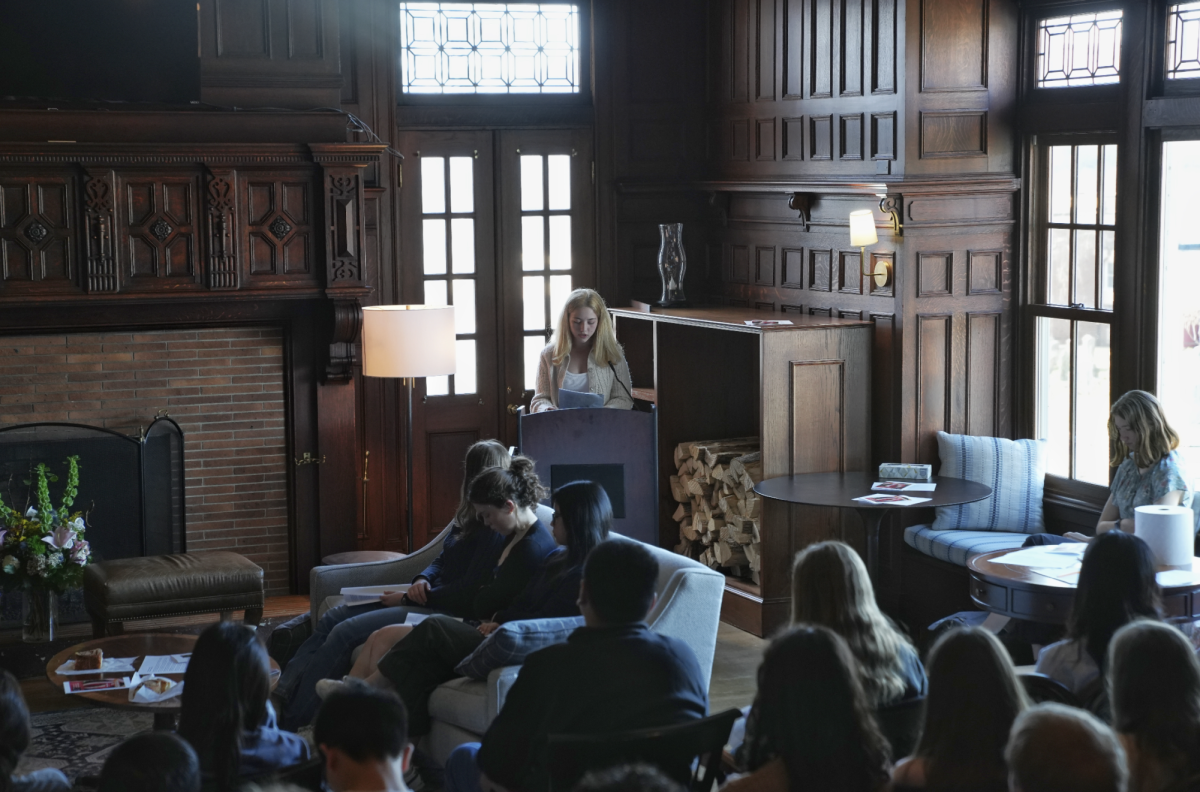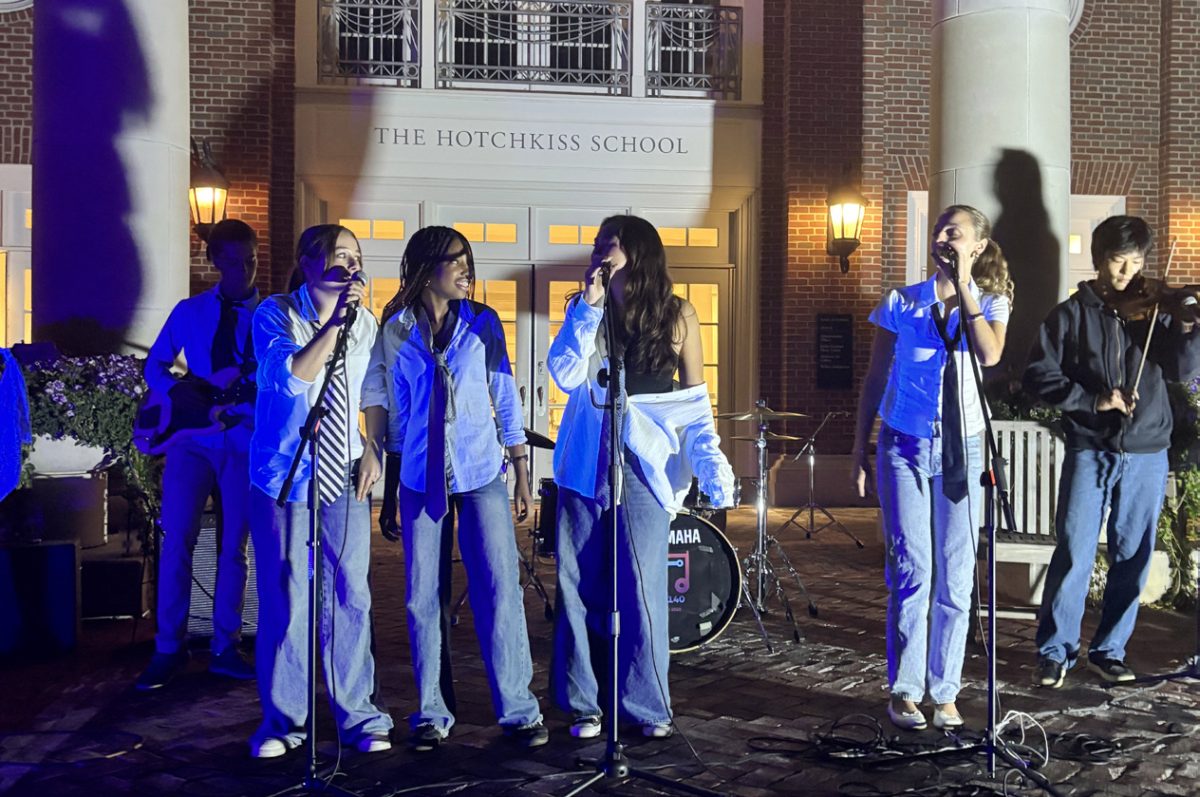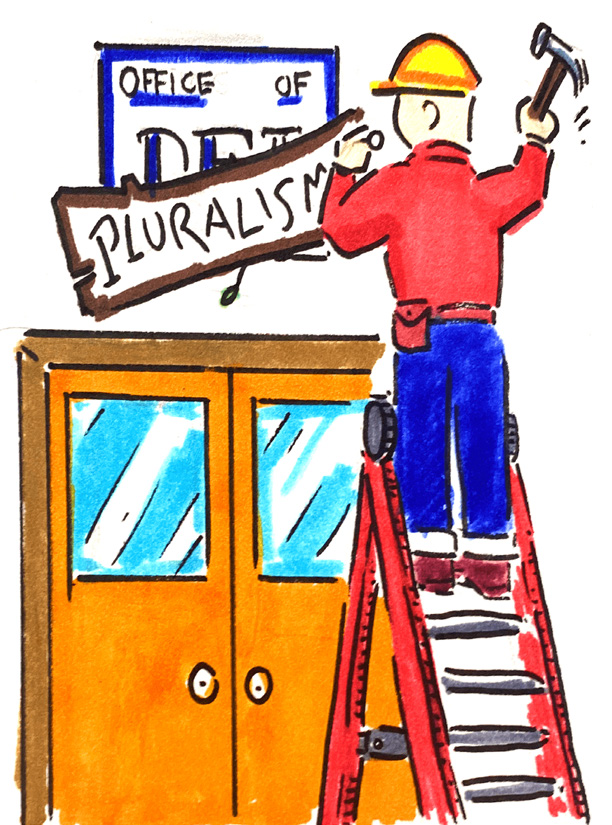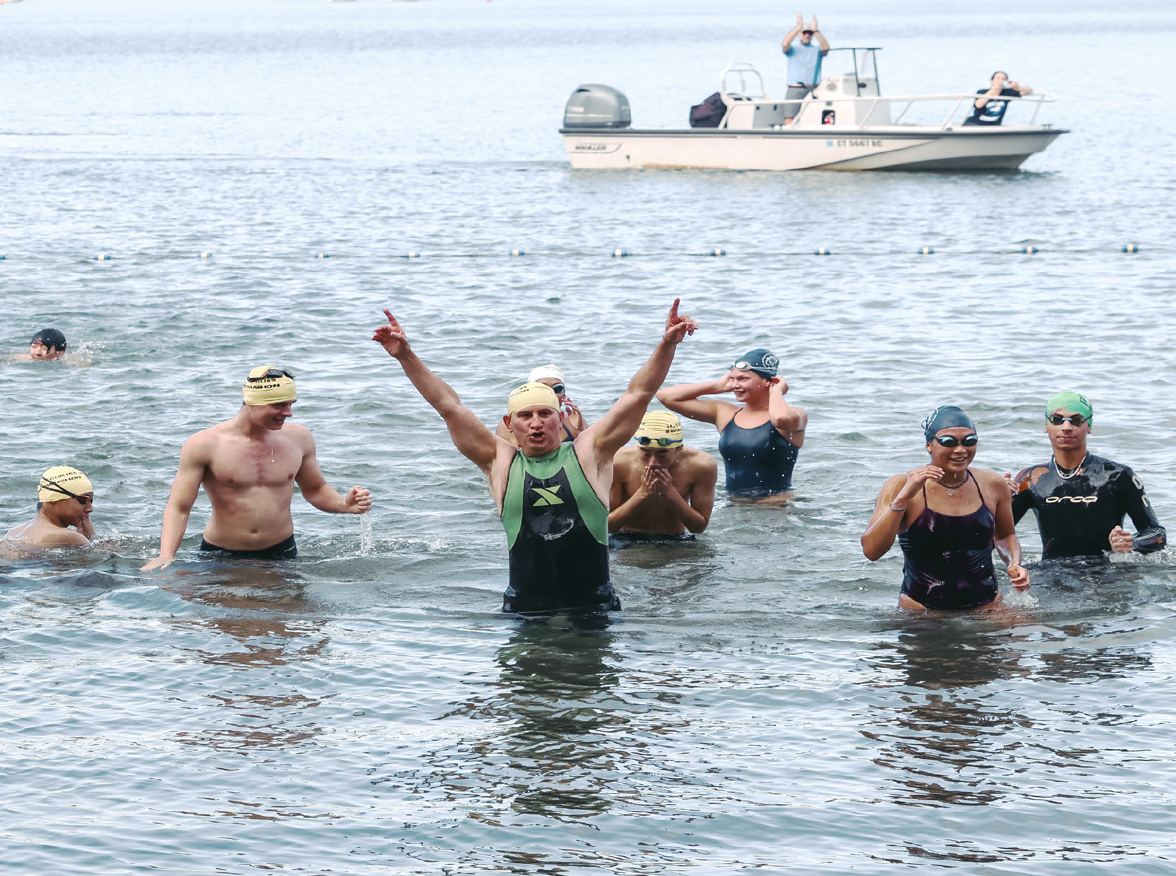On Sunday, April 7, English students presented their writing at the 3rd Annual Literature in Time (LiT) Conference in Harris House. Twelve Upper Mids and Seniors shared works separated into three categories: Façade, Form, and Friction. A talk by Ms. Anne Meadows, publishing director of Picador Books, concluded the program.
The event was led by Dr. Katie Fleishman, head of the English department, and students from Senior Honors English. The conference gathered students from different grade levels to explore literary ideas in a discussion-based format. Ms. Meadows’ presentation addressed the process of publishing a book.
Ms. Meadows then spoke to the entire community during an all-school meeting on Tuesday, April 9. She discussed the economics of publishing, an editor’s selection process, and some of the impacts of social media and AI on the industry’s future.
Current Upper Mids and Seniors anonymously submitted analytical essays to Dr. Fleishman and her Honors English Class to be considered as presenters. The Honors students selected twelve pieces; chosen authors then revised their works with student editors before presenting at the conference.
Kiera Dwan ’24, a member of Honors English, said, “It was incredibly fulfilling to see each student present after working with them to improve their essays thefortnight before the conference. I feel very fortunate to have heard the intriguing ideas set forth by the student presenters and keynote speaker Anne Meadows [during the conference].”
Student works included “Nature vs. Human Nature” by Anji Ashaye ’24, “The Observer Effect in Eliot’s ‘The Waste Land’” by Parth Jain ’24, and “Do Not Engage: A Romantic’s Guide to Surviving the Horrors of Personhood” by Jeannie Yang ’25. Selected pieces examined authors such as Zora Neale Hurston, T.S. Eliot, and Mary Wollstonecraft Shelley. Yang said, “It was exciting to see how, across authors and even literary genres, the works analyzed attempted to reflect on similar themes in the world.” After presenting, each student answered questions posed by the Honors English students and the audience.
The three categories used to organize the presentation—Façade, Form, and Friction—were chosen to reflect recurring themes in the participants’ essays. Student essays in the façade section of the conference discussed barriers as a metaphor in the works of Zora Neale Hurston and Marry Butts; essays in the form category focused on form as a literary technique; essays in the friction category examined the tension between opposing forces in pieces of literature.
Ashaye said, “The diverse perspectives I got by discussing my work with the audience and the Honors English class students were extremely valuable.”






